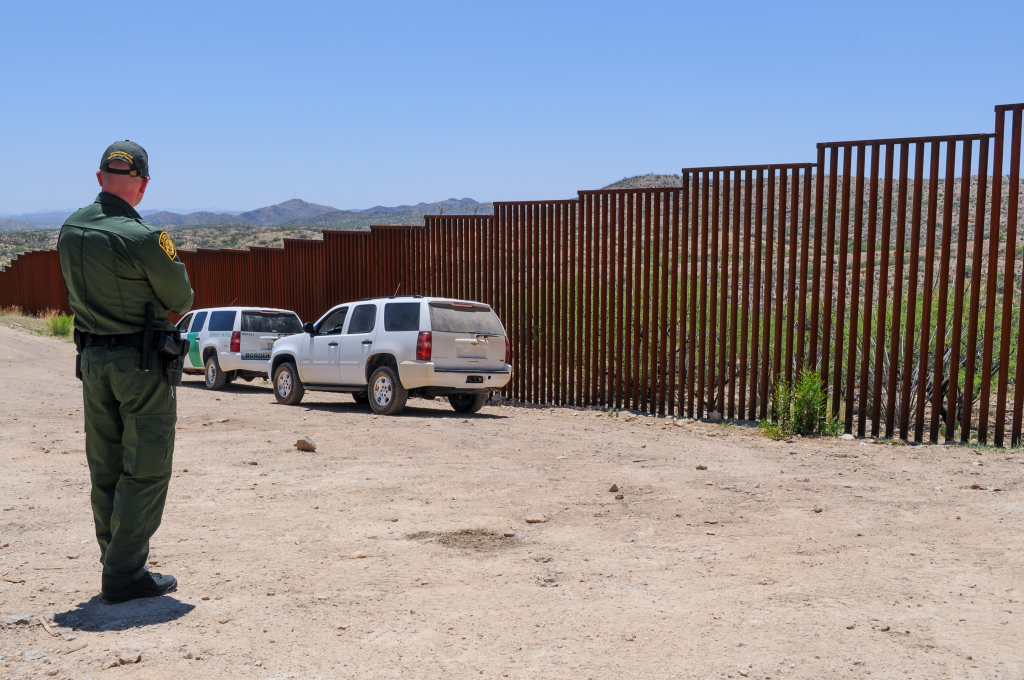
The first contingent of 10,000 members of Mexico’s National Guard began arriving in Ciudad Juárez, Mexico, near El Paso, Texas, on Tuesday as part of a broader effort to reinforce border security along the U.S.-Mexico border.
Approximately 1,650 troops have been deployed to Ciudad Juárez, while another 1,949 will be stationed in Tijuana, marking these two cities as the primary hubs for the reinforcement efforts, according to the Associated Press.
This deployment follows a pivotal agreement between U.S. President Donald Trump and Mexico’s President Claudia Sheinbaum, aimed at averting tariffs between the two nations for a 30-day period. The reinforcements are intended to combat the growing challenges of fentanyl trafficking and irregular migration into the United States.
Background Context: Last week, President Trump announced plans to impose a 25% tariff on imports from Canada and Mexico, alongside a 10% tariff on all imports from China. In retaliation, Mexico unveiled its own set of tariffs on U.S. goods.
On Monday, however, both leaders reached a compromise: President Trump agreed to delay the tariffs for 30 days in exchange for Mexico’s commitment to bolster border security with the National Guard.
This agreement follows a series of protective measures introduced by President Trump after taking office, including a national emergency declaration at the southern border. The declaration authorized the deployment of U.S. troops and expedited the completion of the border wall.
What is a Tariff?
Tariffs are taxes placed on imported goods, typically paid by the importer. The goal is to raise the price of foreign products, making them less competitive with domestically produced goods. This encourages consumers to purchase local products, boosting the domestic economy.
These measures are intended to protect domestic industries and generate revenue for the government. Historically, U.S. presidents have used tariffs as a tool for economic protectionism early in their administrations. In 2018, President Trump implemented tariffs on $283 billion worth of U.S. imports, with rates ranging from 10% to 50%. This prompted retaliatory tariffs from countries such as China, Canada, Mexico, Russia, and the European Union, and led to multiple disputes filed with the World Trade Organization.
What Leaders Are Saying: “Mexico will immediately reinforce the northern border with 10,000 members of the National Guard to combat drug trafficking, particularly fentanyl,” President Sheinbaum wrote on X. “The United States will also take measures to prevent the trafficking of high-powered weapons into Mexico.”
While the full details of the troop deployment, including when additional forces will arrive or their specific assignments, remain unclear, the two leaders have not yet announced a long-term framework to prevent the reimposition of tariffs on both sides.
4o mini




